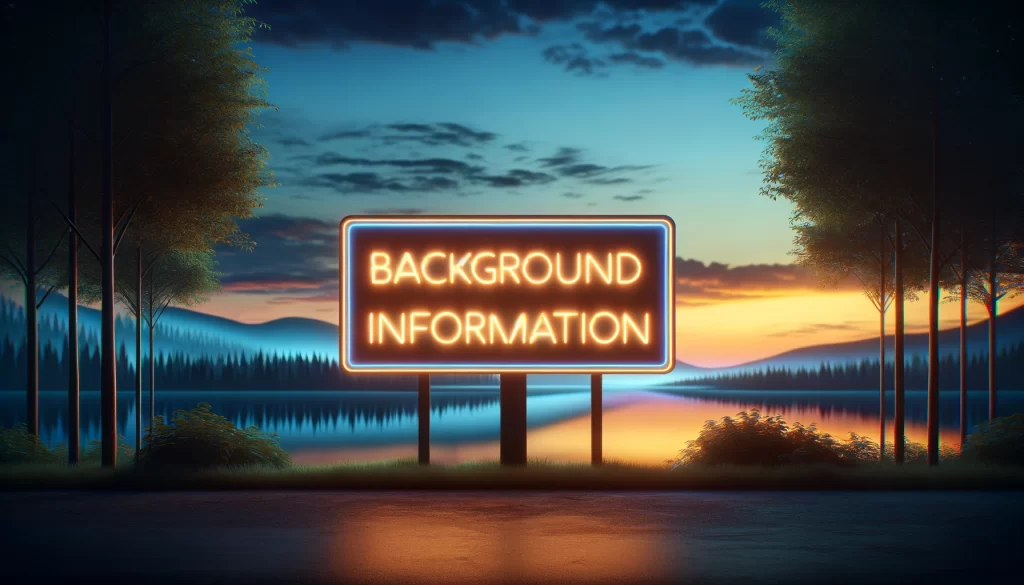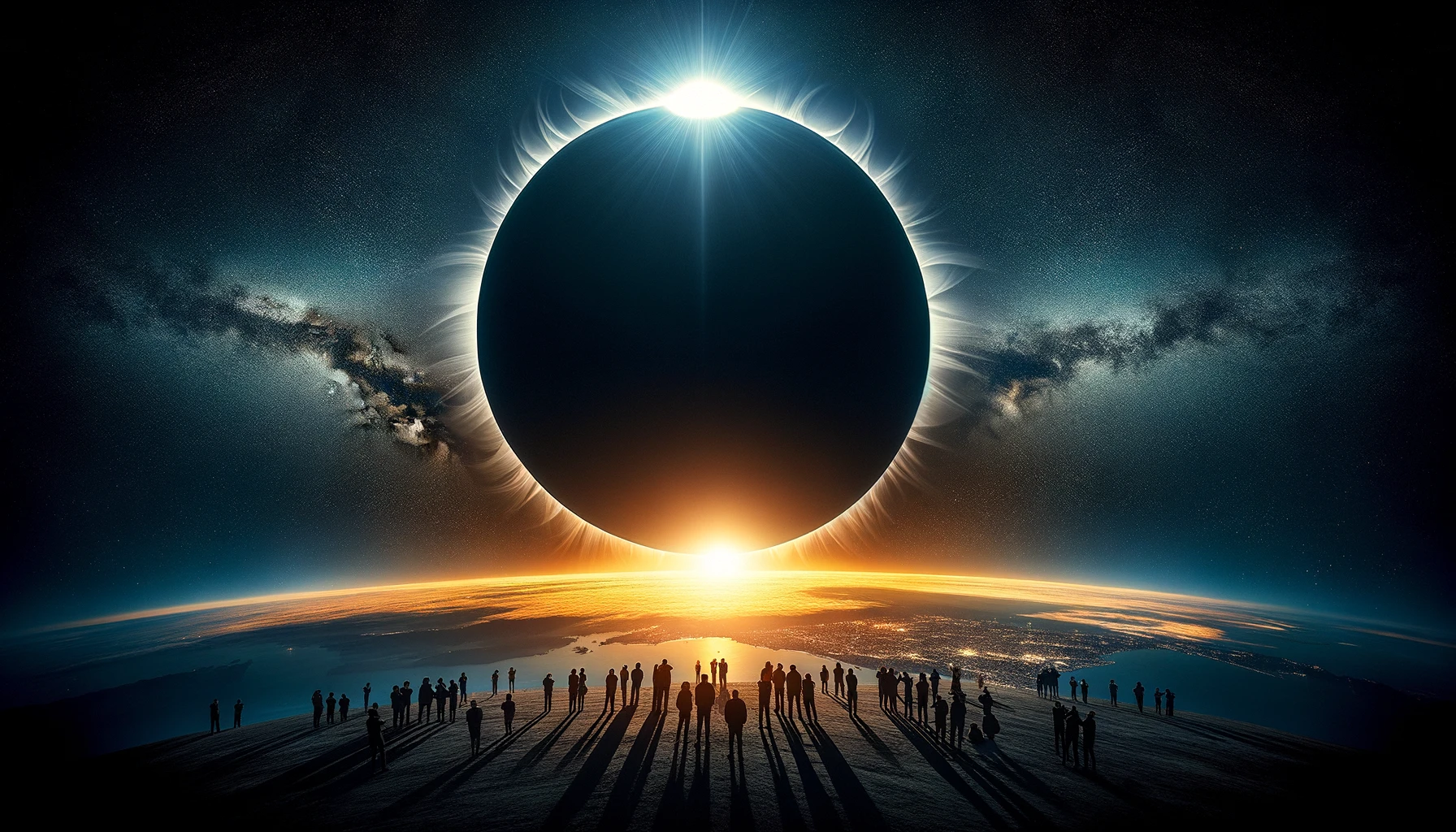This April, something extraordinary is happening in the sky, and it’s not just any ordinary celestial event—it’s a total solar eclipse, and it’s bringing with it a treasure trove of opportunities for scientific exploration. With new spacecraft, telescopes, and a stroke of cosmic luck, this eclipse is set to be a spectacle like no other.
One of the reasons for such an expectation is that the moon will come exceptionally close to our planet for this eclipse. This special alignment will cast a long and intense shadow, plunging parts of the Earth into darkness and giving us a front-row seat to the sun’s more active phase, potentially showcasing dramatic solar phenomena. The path of this total darkness, known as totality, will stretch through a heavily populated corridor from Mexico, across the U.S., and into Canada, turning millions of spectators into potential “citizen scientists.”
These citizen scientists, possibly numbering in the hundreds or thousands, will team up with NASA and various research organizations to dive deeper into understanding both our planet and the sun. By photographing the sun’s outer atmosphere, which resembles a crown and is called the corona, during the brief moments when the moon obscures the sun completely, they’ll contribute to our knowledge of celestial mechanics. They’ll also tune into the natural world, noting how birds and other animals react to the sudden midday darkness and measuring how the temperature drops. Even the clouds and the impact on communication signals, monitored through ham radios, will be under observation.
Rockets will be launched from Wallops Island, Virginia, carrying scientific instruments into the ionosphere, the electrically charged layer of the atmosphere at the edge of space, to gather data during this unique event. Despite being outside the path of total darkness, with 81% of the sun covered, the observations from these rockets will enrich our understanding of the eclipse’s impact on the environment. This follows a similar initiative during last year’s “ring of fire” eclipse, which provided valuable insights into solar phenomena.
NASA isn’t stopping with rockets; high-altitude jets equipped with sophisticated telescopes will chase the moon’s shadow to capture unprecedented views of the sun’s corona and the cosmic dust that surrounds it. This dust, while seemingly mundane, holds clues to the origins of our solar system, making it a fascinating subject for study.

Furthermore, over 600 weather balloons launched by college students will ascend to heights of 80,000 feet to study atmospheric changes and provide live streams of the event, ensuring that even cloudy skies won’t dampen the scientific spirit. There’s even a plan to launch a kite with scientific instruments three miles above Texas, should the Federal Aviation Administration give the green light, to rise above potential clouds and observe the sun without interference.
The sun’s corona, usually hidden by the sun’s bright light, becomes visible during a total solar eclipse, revealing its mysterious and incredibly hot tendrils that extend thousands of miles into space. This phenomenon, where the corona’s temperature far exceeds that of the sun’s surface, remains one of the many unsolved puzzles of astrophysics.
The 2017 total solar eclipse offered a taste of the scientific potential of such events, but April’s eclipse is even more promising due to the moon’s closer proximity to Earth and the sun’s increased activity level. With the sun nearing its peak of solar activity, the chances of observing dramatic solar events like coronal mass ejections, which send vast amounts of plasma and magnetic fields into space, are higher than ever.
This eclipse will also benefit from the eyes of two new spacecraft dedicated to studying the sun, NASA’s Parker Solar Probe and the Solar Orbiter, a joint mission with the European Space Agency. These will complement observations from other spacecraft, including the International Space Station, offering a multi-perspective view of this celestial phenomenon.
Even more, this eclipse will uniquely pass over three U.S. radar sites used for space weather monitoring, providing a rare opportunity to study the upper atmosphere’s reactions to the sudden darkness.
This article is based on the following article:

Background Information
With this background knowledge, readers can better appreciate the complexity and excitement surrounding the study of total solar eclipses, understanding not only their beauty but also their importance in advancing our knowledge of the universe.
What is a Total Solar Eclipse?
A total solar eclipse occurs when the moon passes directly between the Earth and the sun, completely covering the sun as viewed from a specific area on Earth. This alignment can only happen during a new moon phase, when the sun and the moon are in conjunction as seen from Earth. The result is a temporary shadow (the umbra) that moves across the Earth’s surface, turning day into night for those in its path.
The Sun’s Corona
The corona is the outermost part of the sun’s atmosphere, visible only during a total solar eclipse when the moon blocks the sun’s bright face. Despite being part of the sun, the corona is much cooler than the sun’s surface, yet it has temperatures in the millions of degrees—far hotter than the surface below. Scientists are still trying to understand why this is the case. Studying the corona during eclipses helps scientists learn more about solar activity, including solar winds and solar flares, which can affect space weather and, consequently, technology on Earth.
Citizen Scientists
The term “citizen scientists” refers to members of the general public who participate in scientific research projects. During the eclipse, these volunteers can contribute valuable data by observing and recording various phenomena, such as changes in animal behavior, temperature drops, and the appearance of the sun’s corona. This collective effort helps professional scientists gather much more data than they could alone.
Spacecraft and Telescopes
Advanced technology plays a crucial role in studying eclipses. Spacecraft like NASA’s Parker Solar Probe and the Solar Orbiter are designed to study the sun closely, including its atmosphere and magnetic fields. High-altitude jets and weather balloons equipped with telescopes and other instruments allow scientists to study the eclipse and its effects on the Earth’s atmosphere from above any potential cloud cover.
The Ionosphere
The ionosphere is a layer of Earth’s upper atmosphere, ionized by solar and cosmic radiation, playing a crucial role in atmospheric electricity and forms the inner edge of the magnetosphere. It affects radio waves and communications, making its study during an eclipse (when solar radiation is temporarily blocked) particularly interesting for understanding how solar activity impacts Earth’s atmospheric layers.
Solar Cycles and Activity
The sun goes through approximately 11-year cycles, alternating between periods of high activity (solar maximum) and low activity (solar minimum). Solar activity includes phenomena like sunspots, solar flares, and coronal mass ejections (CMEs). The upcoming eclipse is near a solar maximum, meaning the sun is more active, and there’s a higher chance of observing dramatic solar events.
The Importance of Eclipses in Science
Historically, total solar eclipses have allowed scientists to make groundbreaking discoveries, such as the proof of Einstein’s theory of general relativity. They offer unique conditions for studying the sun, the moon, and Earth’s atmosphere. For example, the sudden drop in sunlight can affect weather conditions and animal behavior, providing insights into how solar energy influences our planet.
Please subscribe to Insight Fortnight, our biweekly newsletter!
